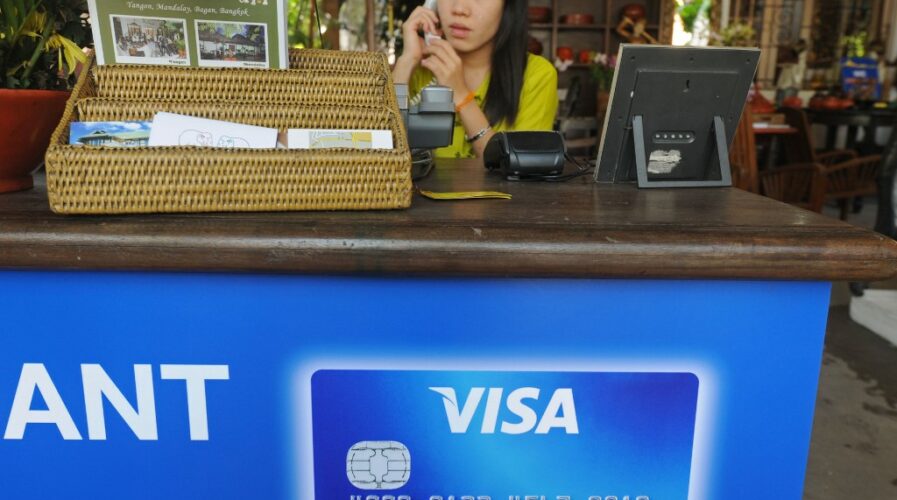
Cashless alternatives are rising in Myanmar, as it strives for financial inclusion for millions of its unbanked population. Source: AFP
How the pandemic made fintech matter again in Myanmar
- The banking sector made Myanmar distrustful of non-cash transactions – how did the pandemic turn the nation back to financial inclusion?
Myanmar was considered Asia’s last frontier market, not too long ago – rich in natural resources and investment potential, but only just emerging to the possibilities of digitization.
About a decade later, sweeping reforms brought a new era of connectivity, bringing down the cost of smartphones and mobile internet, and leading to the advent of local fintech services as a means for better financial inclusion.
Today, Myanmar’s financial technology sector is showing signs of maturing further and, as is the story with digitalization around the world, it’s being buoyed by the demands of the pandemic.
The country’s relatively young, 60-million-strong population is increasingly tech-savvy. But the lack of accessibility to traditional banking structures means just a quarter of the population has a bank account. All this means that the time might be right for Myanmar’s digital financial revolution.
But with just over 300 COVID-19 cases reported in Myanmar, how big a role could the pandemic have actually played in driving financial inclusion?
Back in 2003, Myanmar faced an unprecedented banking crisis which saw an iffy regulatory framework and limited technological literacy contribute to the collapse of the formal financial industry. This caused locals to rely much more on cash, while also making them distrust financial products, including the emerging fintech space at the time.
Within a few years, the privatization of the Myanmar telecommunications industry would see mobile penetration skyrocket by 126% while the internet penetration rate has increased to 41%. Better digital literacy plus the near-absence of a traditional, cards, and bank account system should see the local finance scene jump straight into the era of e-payments and e-commerce.
But it wasn’t until the requirements necessitated by COVID-19 that adoption of fintech services began to pick up in earnest. It started with the government’s Covid-19 Economic Relief Plan, which distributed one-off payments of MMK30,000 ($22.78) to vulnerable households, which were dispensed through local digital channels like Wave Money and OnePay.
Wave Money also began working with the government and humanitarian organizations to facilitate digital funds transfers for social security payments, loans for farmers, emergency funds for garment workers, and financial relief for street vendors. The money transfer operator also waived all transfer fees for at-risk and affected sectors throughout the duration of the crisis.
By releasing relief aid via digital platforms instead of in cash, claimants were required to sign up which diversified the payments landscape in Myanmar, encouraging more people to discover and use various financial products available to them, in a country where just 8% of the population make use of more than one fintech service on their device.
The adoption of digital payment methods resulted in a substantial increase in activity since the onset of the pandemic, with data from the Oxford Business Group’s COVID-19 Economic Impact Assessment Report projecting a 7.1% increase in digital transactions and a 19.7% rise in the number of users in Myanmar this year.
“The banking and financial services sectors were definitely the major beneficiaries of the pandemic,” commented Serge Pun, chairman of Yoma Strategic Holdings, which is a core company of the Yoma Group that owns Wave Money. “The number of users switching to digital platforms, creating bank accounts, and using mobile payment methods has grown exponentially.”
While these are exciting developments for the still-young Myanmar fintech market, it is still a long road towards achieving viable financial inclusion for much of the country. But as digital platforms ramp up their offerings post-pandemic while still retaining gains they made during the crisis, financial inclusion in the country is on track to go from 48% today to 60% within the next three years.
READ MORE
- Strategies for Democratizing GenAI
- The criticality of endpoint management in cybersecurity and operations
- Ethical AI: The renewed importance of safeguarding data and customer privacy in Generative AI applications
- How Japan balances AI-driven opportunities with cybersecurity needs
- Deploying SASE: Benchmarking your approach


